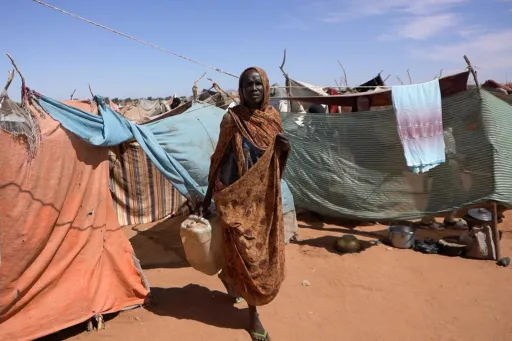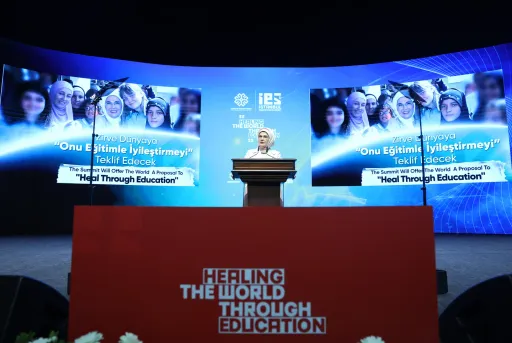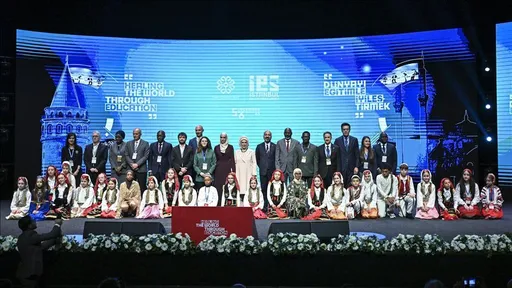Japan has followed through with its decision to release treated nuclear water from the crippled Fukushima power plant into the sea despite opposition from fishing communities and China.
The water discharge began around 1:00 p.m. local time (0400GMT).
China has condemned the move and announced that it "will suspend all imports of aquatic products originating in Japan from today," state-run broadcaster CGTN reported.
"By dumping the water into the ocean, Japan is spreading the risks to the rest of the world and passing an open wound onto the future generations of humanity," said Beijing, calling Japan's decision "irresponsible and selfish." China's Foreign Ministry said in a statement.
"We have made serious demarches to Japan and asked it to stop this wrongdoing," it said, calling Japan a "saboteur of the ecological system and polluter of the global marine environment."
Volume
The Fukushima complex contains about 1.34 million tons of treated water.
In the first phase, the operator Tokyo Electric Power Company (TEPCO) will dilute around 7,800 tons of the treated water with seawater and the diluted water will be released over 17 consecutive days.
The whole process “could take at least 30 years to complete,” Japanese broadcaster NHK reported.
The TEPCO has already filled a facility, which is called a discharge vertical shaft, with the treated and diluted water.
Each ton of treated water is mixed with about 1,200 tons of seawater.
There are some 1.3 million tons of treated water at the TEPCO complex and the operator is running out of storage capacity which has forced Japan to release the water into the ocean.
TEPCO has planned to release around 31,200 tons of the water, contained in 30 tanks, this year.
2011 Tsunami
Earlier this month, the operator had found a hole in a hose that is used to transfer treated water, following which authorities detected “higher-than-usual levels” of radioactive material in rainwater around a storage tank.
International Atomic Energy Agency has said the release of the nuclear waste would have “negligible radiological impact on people and the environment” but refused to endorse Tokyo’s decision.
In March 2011, a magnitude 9.0 earthquake triggered a tsunami that struck out the backup electric supply at the power plant on Japan’s northeastern Pacific coast, leading to meltdowns in three of its reactors.
'Water terror'
Besides facing diplomatic challenges, Japan has faced criticism internally from fishing communities against the move.
Tokyo, however, has announced financial relief for the affected people.
The Chinese Foreign Ministry also summoned Japanese Ambassador Hideo Tarumi on Tuesday and urged Tokyo “to change its mind.”
“The Japanese side is gambling with the global marine environment and the health of all humankind by forcibly promoting the discharge of nuclear-contaminated water into the sea,” Vice Foreign Minister Sun Weidong told Tarumi.
South Korea's main opposition Democratic Party denounced Tokyo’s plans.
"We strongly condemn Japan's contaminated water terror," said Democratic Party lawmaker Lee Jae-myung.
“Japan's release of nuclear-contaminated water will be recorded as the Second Pacific War," he said.
Disclose information
However, South Korean Prime Minister Han Duck-soo on Thursday urged Japan to "transparently disclose information" about the release of the contaminated water from the crippled nuclear plant.
In the capital Seoul, police detained at least 16 university students who tried to enter the Japanese Embassy to protest Tokyo's release of treated nuclear waste, Seoul-based Yonhap News Agency report ed.
Hong Kong will impose a ban on imports of seafood from at least 10 regions in Japan.
























